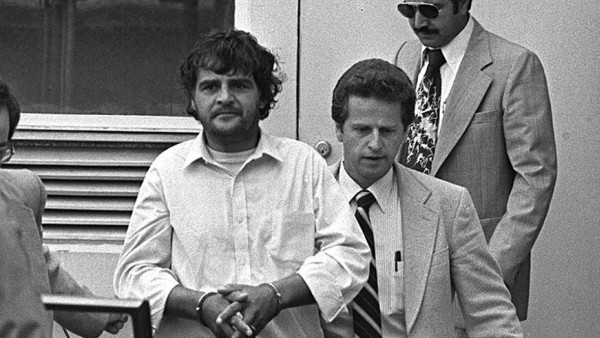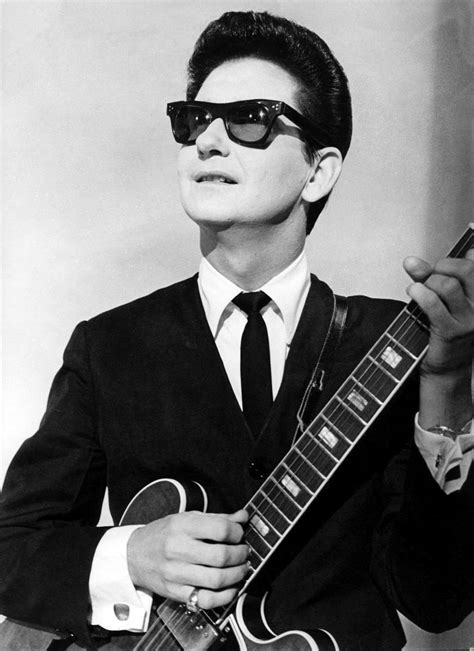By Dave Biro
Sunday January the 3rd, 2016
Tracking a killer.
During the early 1980’s BC’s lower mainland region was in the grip of fear.
Children were going missing, too many of them to be of coincidence.
Police forces in the area appeared first to make no connections, everyone was baffled.
More and more reports of missing kids came in, media interest grew, but answers to what was going on did not exist.
This went on for many months, another name being added to a list of the missing no longer seemed to be a surprise. Some bodies had been found, others were still missing.
If the police knew early what was really going on, they did not share that with the media. Reporters were left to try to figure this out on their own.
I have often commented to my police contacts that left in an information vacuum, media will find and chase sources other than the police. This can potentially harm a police investigation, so it’s better for the law to offer media some information (if they can) rather than leaving media out in the cold.
Media do owe a duty to inform the public, but we also owe a duty to society to not impede policing and justice. It’s a fine line to tread and has to be done with great care.
In the newsroom of CKVU TV in Vancouver we were as perplexed as other local media about what was going on. Bits of information came in, including where these kids had lived and where they were last seen. That is all we had to go on.
There did not seem to be a pattern, nothing the dead and missing seemed to have in common, they were male and female, and they had disappeared from several different areas and municipalities.
As the case went on as News Director I decided to assign a single reporter to the story, rather than sharing it around among other reporters. I thought it better that one person have this in all their head, it was less likely we would miss something or get something wrong.

I gave the assignment to reporter Wayne Williams. I had hired Wayne right after he completed his broadcast news training at BCIT. He was a bit green and inexperienced then, but he was also mature for his young age, and was great for grinding out detail and chasing leads.
We set up a white board in my office. On it we posted everything we knew about the victims, which at this stage, to the best of my recollection, had reached nine youngsters.
On the white board we posted everything we knew about each of the dead and missing. Every day we reviewed what was on the board, added new info, and removed stuff that did not seem to fit.
Weeks went by. Wayne and I stared at that damn board for hours, and hours, and hours. After a while the whole thing blinds you, and you’re not seeing anything at all. Better to walk away for a while.
One morning I came in to work with my coffee and was thinking it was probably time to pack the white board away and be done with it, but that would be giving up. When Wayne started his shift that day there we were staring at this slab of information, again. What were we missing?
Maybe we had to come at this from a totally different angle. How about not looking so much at the actual locations the kids disappeared from, and rather look at what was nearby. Bus stops, schools, recreation centers – anything?
One by one we eliminated possible connections until only one remained. In almost every case the locations were near what we called “garden apartment” complexes, walk up low rise apartment buildings surrounded by lawns and flower gardens. The kinds of places where families with children lived.
We called in the police.
They came to my office and listened while Wayne and I walked them through our findings. We told them we intended to broadcast a story that night that suggested the person taking the children probably had a connection to the apartment buildings. He could work for a property management company or have some other connection.
We shot our whole encounter with the police on video tape, asked them to comment, and to warn us if we were about to botch things up for them.
They had little to say, other than this was interesting and they had nothing to add. Importantly they did not indicate what we were about to publish might be harmful.

We ran the story that night. A few short days later police announced they had arrested Clifford Robert Olson, and charged him with the disappearance and murder of several of the children. Olson had worked part time for his father, cutting the lawns and tending the gardens of apartment buildings across the region. It’s believed that during that work he stalked his victims.
I am reasonably convinced the police had been on to him for a little while before our broadcast, we learned later he had been under surveillance, but was slippery, they may already have had him or were just grabbing him when we aired our story
Later a “cash for bodies” deal was revealed in which Olson’s wife would be paid by the government of BC for information about the locations of the missing bodies, one by one, as Clifford revealed where they were. That touched off a political storm, but the families got closure.
Serial killer Clifford Robert Olson was the gardener. Olson died in prison in 2011.
Reporter Wayne Williams went on to a very successful career with CBC Television News in Vancouver.
I still feel a bit strange every time I see a garden apartment complex.









